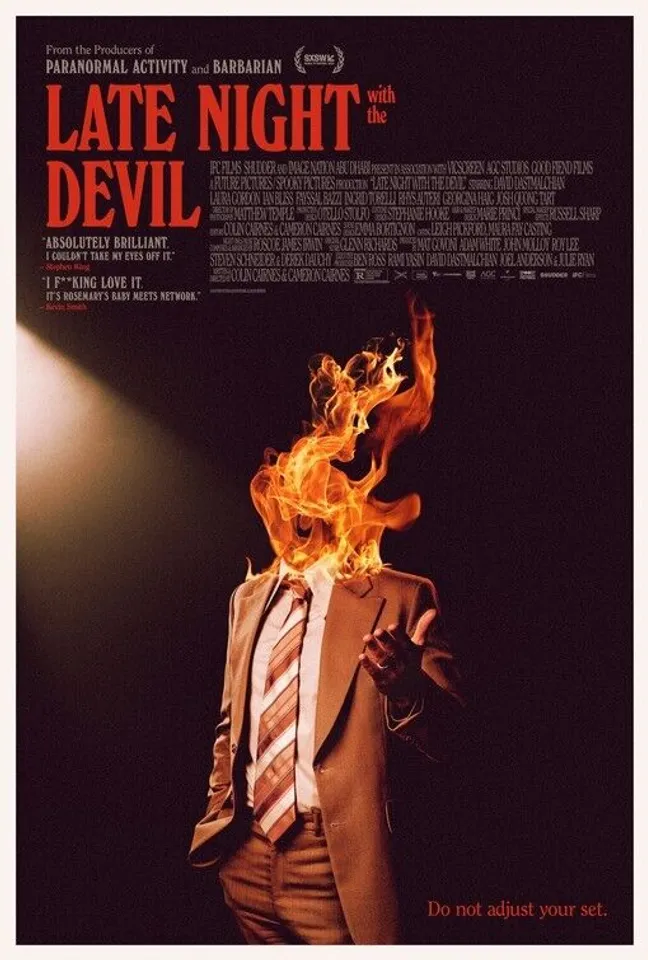In April, audiences sat down to see the recent movie Late Night With the Devil, only to find an unexpectedly controversial nature to the film. A majority were surprised at the artificial intelligence (AI) artistic shortcut used in three specific title cards, which overall affected the integrity of the film.
Art created by artificial intelligence has become more prevalent in recent times. The introduction of writing engines such as ChatGPT or picture generators like DALL-E gives anyone access to these tools. Not only do many people have the opportunity to use these tools, but it can be impossible to notice their presence at times.
According to a survey by the Yale Daily News, “respondents could tell if art was AI-generated or human-made an average of 54 percent of the time.” This is what makes this art dangerous, as it can replace real jobs done by humans.
Late Night With the Devil is a horror-thriller movie about a talk show host attempting to increase views. The main character, Jack Delroy, played by actor David Dastmalchian, uses any method possible to achieve his goal. Eventually, this leads to a demon finding its way onto the stage.
The work is inspired by elements from 1970s late-night talk shows. The visuals stand out as a mix of both nostalgic and modern components, making it all the more shocking when an AI art skeleton briefly appears in a title card.
At first glance, the spooky Halloween graphics seem like a normal piece of art until it is shown that its fingers are jumbled. This peculiar detail is actually a common occurrence in AI art for a few reasons.
AI art takes from a database of photos, and hands are not generally in a lot of photos. “AI, without access to the three-dimensional world, knows only how a hand appears,” wrote Britannica. “Identifying a fist, thumbs-up, or peace sign as a hand is an impressive feat for AI.”

Eyes, ears, teeth, and hands were the main things audiences noticed wrong in these title cards. On social media, viewers were riled up as these three title cards received a significant amount of backlash. The purpose of the use of these title cards was to achieve a sort of quick result that ultimately left an awful taste in audiences’ mouths.
If AI art is used on something as small as this, what’s stopping it from being used on more important parts of the film?
The main argument seems to be leaning toward the rejection of AI art. As most contend, it should not grow into something that takes away jobs. While this is a valid point, AI can also be used as a tool instead of a replacement.
Recently, a lot more of this computer-generated art has appeared on film. Some examples are the short film Frost and an Under Armour commercial starring Anthony Joshua. While these are instances that specifically present what AI is capable of, it leaves a strange feeling when one looks at it, and can end up feeling lifeless or “off.”
So, what will the future hold for these advances in computer-generated art in various forms of art?
Only time will tell if this lifelessness will become commonplace in film. After all, the main feature of art should be to convey emotion, and it would be a shame for that to be lost alongside the human quality.
David Dastmalchian and the rest of the cast seem especially sad that these few pieces of art change the perspective of the entire film. Since there was a lot of effort put into making the movie enjoyable and lively, a few segments shouldn’t overshadow the efforts of others.
Late Night With the Devil is a great watch that has diverse emotional performances by actors and innovative directing. It is assembled with a thought-provoking story and provides a fun experience for the viewers.






